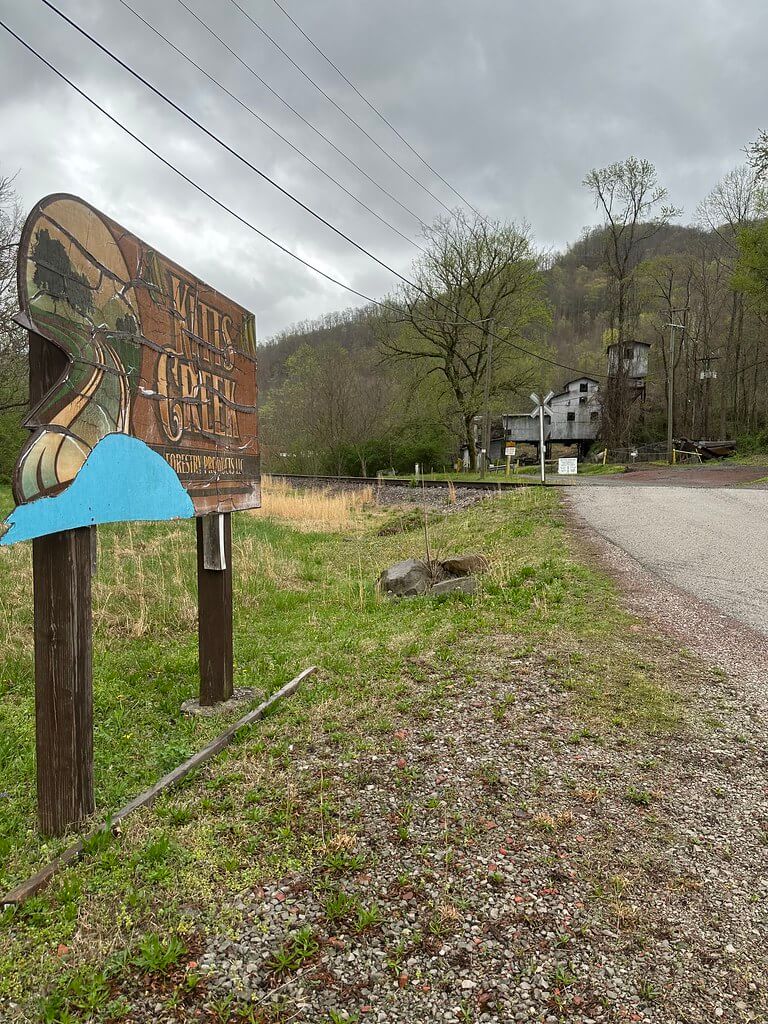Appalachian History Series Along a bend of the Ohio near Lloyd, Kentucky, the Greenup Locks and Dam turned a troublesome stretch of river into a predictable navigation pool and later became home to one of the valley’s most productive municipal hydro plants.
Appalachian History Series What and where Grayson Lake is a narrow, cliff-lined reservoir on the Little Sandy River in Carter and Elliott counties, Kentucky. The U.S. Army Corps of Engineers’ Huntington District built an earth and random rock-fill dam about seven miles south of the town of Grayson, creating a lake roughly 20 miles long with about 1,510 acres at summer pool.
Appalachian History Series A new lake in the Upper Cumberland On the Obey River near Celina in Clay County, Tennessee, the United States Army Corps of Engineers built Dale Hollow Dam during World War II to control floods across the Cumberland system. The reservoir sprawls across the Tennessee–Kentucky line and today anchors recreation, hydropower, and regional water management.

Appalachian History Series Setting the scene Kitts sat where a small mountain stream meets the Clover Fork of the Cumberland River, a few miles east of the county seat at Harlan. Historic USGS 7.5-minute topographic maps place “Kitts Creek” entering the river just below the rail and road corridor that funneled coal out of the valley, with the town of Harlan upstream and Evarts downstream.
Appalachian History Series Introduction In the first days of October 1864 Union cavalry rode into the steep valleys around Saltville, Virginia. Their objective was simple in design and daunting in practice. Destroy the Confederacy’s most important source of salt. The fight that followed became one of the best documented clashes in Appalachia during the war. What happened afterward made Saltville a byword for racial violence in the conflict.
Appalachian History Series Coal shaped Pocahontas before the town had a charter, a post office, or a railroad. In the early 1880s a 13 foot bench of the Pocahontas No. 3 seam drew speculators, surveyors, and the Norfolk and Western. The first commercial mine opened in 1882, the branch line reached town in 1883, and within a year tragedy and growth arrived together.
Appalachian History Series The mine and the men Scotia sat on the Poor Fork of the Cumberland in the Oven Fork community of Letcher County. Blue Diamond Coal opened the mine in 1962 in the Imboden seam. By early 1976 the operation employed roughly 300 workers with about 275 underground, producing near 2,500 tons per day on six active sections.
Appalachian History Series A Strike That Shook the Kanawha In April 1912, union miners along Paint Creek asked for the same wage scale paid in nearby union mines. Operators said no. The walkout spread to Cabin Creek, and by summer the fight had grown into a valley-wide struggle over organizing, company guards, and life in company towns.
Appalachian History Series On the morning of February 26, 1972, the coal refuse dam system above the Middle Fork of Buffalo Creek failed near Saunders in Logan County, West Virginia. Within hours a black wall of water and slurry swept down the hollow, tearing through more than a dozen coal camp communities and leaving a scar that Appalachia still carries.
Appalachian History Series On a frigid morning in mid December 1864, Major General George Stoneman’s mounted command reached the Holston at Kingsport with a clear purpose, to open the road into southwest Virginia and wreck the Confederate lifeline there. Before the columns struck railroad bridges, lead mines, and the salt works, they first had to force a crossing at Kingsport.
Repurposed Appalachia A mountain camp that belongs to Harlan County Tucked against Pine Mountain near the head of Watts Creek, Camp Blanton began life in 1933 and 1934 when Grover and Oxie Blanton, with relatives, set aside about 13 wooded acres for a Boy Scout camp and a public playground for Harlan Countians.